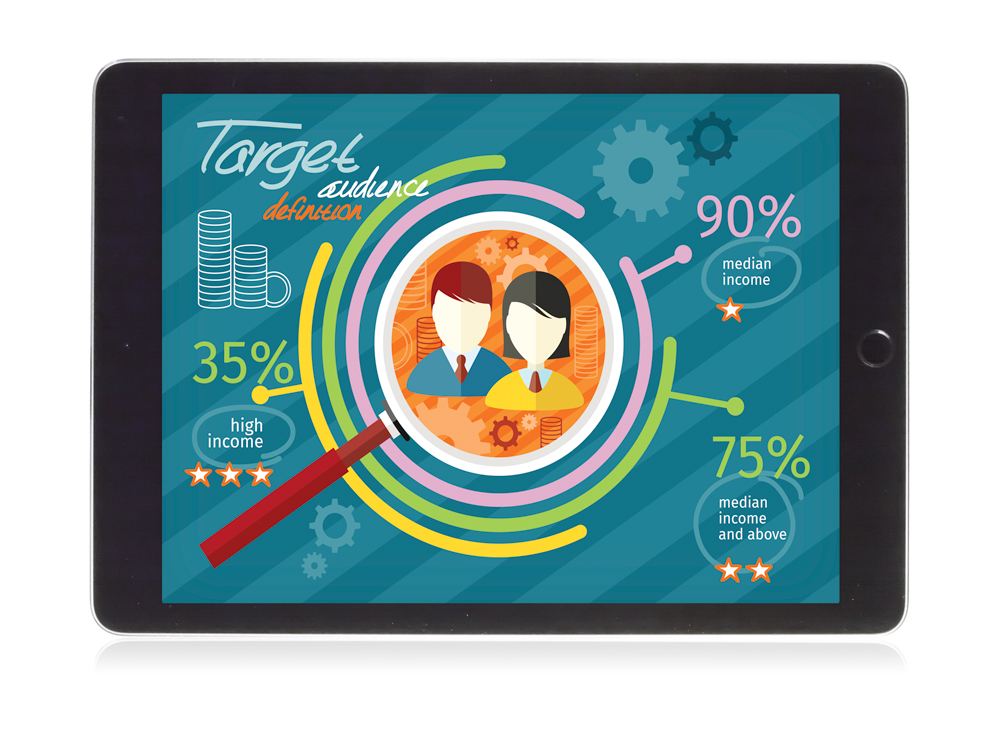You know who your customers are, but do you truly understand them? Try these customer segmentation best practices to maximize marketing automation and build meaningful, loyal customer relationships.
There’s no doubt that the more you know about your audience, the greater your chances are to reach them with impactful messages that inspire action. In fact, a recent study by Infosys found that 78 percent of customers are more likely to buy from companies that send targeted, relevant offers. However, this courtship process has dramatically advanced over the past few years. Before the onset of machine learning and automation, customer segmentation best practices relied on the most easily collected demographics, such as gender, age, and location.
Marketo Blog Contributor Yoav Vilner reviews five customer segmentation best practices that help companies gain more significant understanding of customers as individuals .
Customer Behavior
Effective customer segmentation involves scratching far beneath the surface of demographics to reveal a more holistic understanding of customer behavior. This analysis involves tracking customers by how they interact with your website and matching these behaviors with other customers. Trend spotting customer activity helps you determine more specific lead categories and tailor messages to address their needs.
Marketing Automation and Machine Learning
New engagement platforms are providing advanced targeting analysis that tracks the customer journey and automatically adapts marketing materials to address specific customer types. For example, if a potential customer adds items to their cart or begins the process of filling out a contact form, but doesn’t complete the transaction, you have an opportunity to follow up with reminders and incentives. This method of personalizing marketing automation messages based on artificial intelligence is quickly becoming the gold standard for brands that are winning the online marketing game.
Micro-Segmentation
Level-up your ability to personalize messages and predict behavior with micro-segmentation. This practice sorts consumers into more specific categories within niche markets. For instance, you might select separate target lists of CEOs, women over 40, and New York residents, then combine them into one micro-segment.
Product Development Based on Segmentation Research
The benefits of customer segmentation data extend beyond the marketing department. Smart entrepreneurs tailor future product development to address what they’ve learned about consumers’ unique issues and preferences through this process.
Evolving Customer Needs
Segmenting and analyzing your customer base isn’t just a one-shot deal. Consumers’ lifestyles, problems, and preferences change over time. In order to ensure you’re working with accurate customer types, it’s important to view this data analysis as a constantly evolving process.








